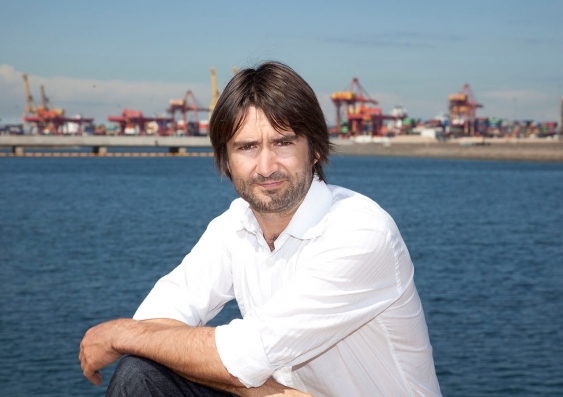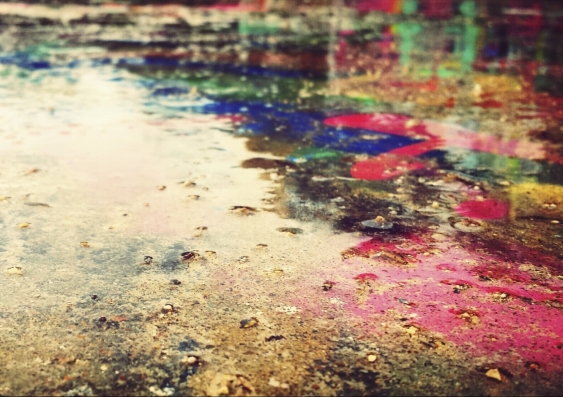Combining two remediation approaches – the injection of pollution-eating microbes and the installation of a reactive iron barrier – could significantly speed up the degradation of toxic industrial chemicals in contaminated groundwater, UNSW research shows.
Scientists led by UNSW Associate Professor Mike Manefield have isolated three types of naturally occurring bacteria, including Dehalobacter, which can break down chlorinated solvents, including carcinogenic chloroform.
In an Australian-first, a culture of the microbes is being used to clean up chloroform in the heavily polluted groundwater at the Altona Chemical Complex in Victoria.
Another approach to remediation used around the world involves installing an iron barrier that breaks down the chemicals as the contaminated groundwater flows through it.

Associate Professor Mike Manefield
In a laboratory study, UNSW team member Dr Matthew Lee and his colleagues showed that chloroform was broken down eight times faster when a culture of Dehalobacter bacteria was added to reactive iron, compared with just iron alone.
The study is published in the journal Environmental Science and Technology.
“Some people favour the iron barrier, some favour the bugs. But our research shows that combining them could be the best solution,” says Dr Lee, of the School of Biotechnology and Biomolecular Sciences.
Thousands of sites around the world are contaminated with long-lasting chlorinated solvents that were used in dry-cleaning, to make plastics and in pharmaceutical and other industrial processes.
Associate Professor Mike Manefield explains his pollution eating microbes
“The properties that make them so useful are the same properties that cause enormous problems when they’re released into the environment, due to improper handling and disposal,” says Associate Professor Manefield.
At the Botany Industrial Park in Sydney, contaminated groundwater that threatens Botany Bay is pumped into a $167 million plant for treatment.
“The plant is very energy intensive and costly to run and will have to operate for more than a century,” says Associate Professor Manefield. “Our microbial solution is a cheaper, simpler and natural.”
His team took samples from the contaminated site and isolated bacteria that use the pollutants to harvest energy – including the first in the world known to fully degrade chloroform. They grow the bacteria in beer kegs to get hundreds of litres of culture that they inject into contaminated aquifers. This UNSW research now has its own successful commercial platform Micronovo Pty Ltd.
“After they are injected, the bacteria start consuming the pollutants. They breathe chloroform, so once it’s gone, they die off,” says Associate Professor Manefield.
Research is continuing at the Botany site, while the bacteria have already cleaned up about 10% of the Altona site.



